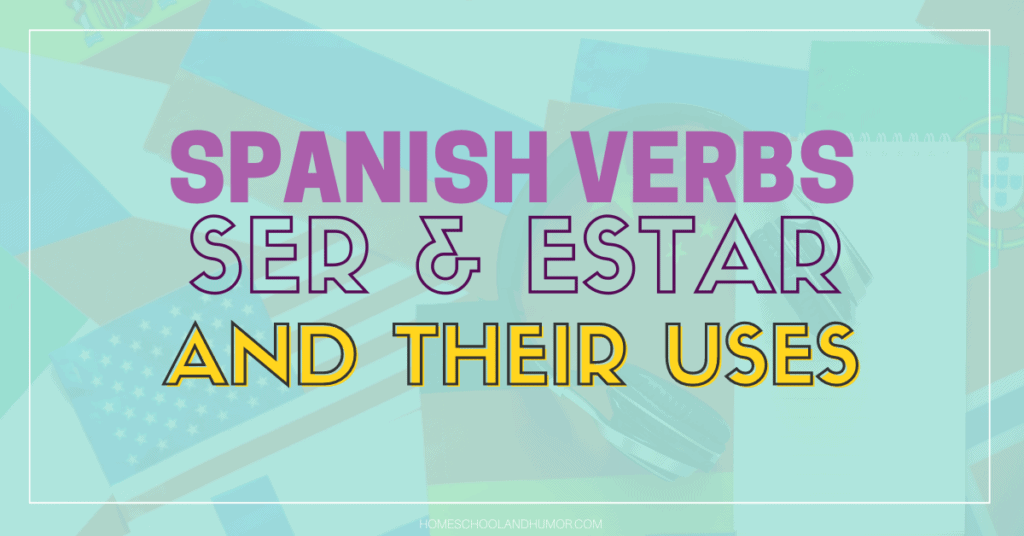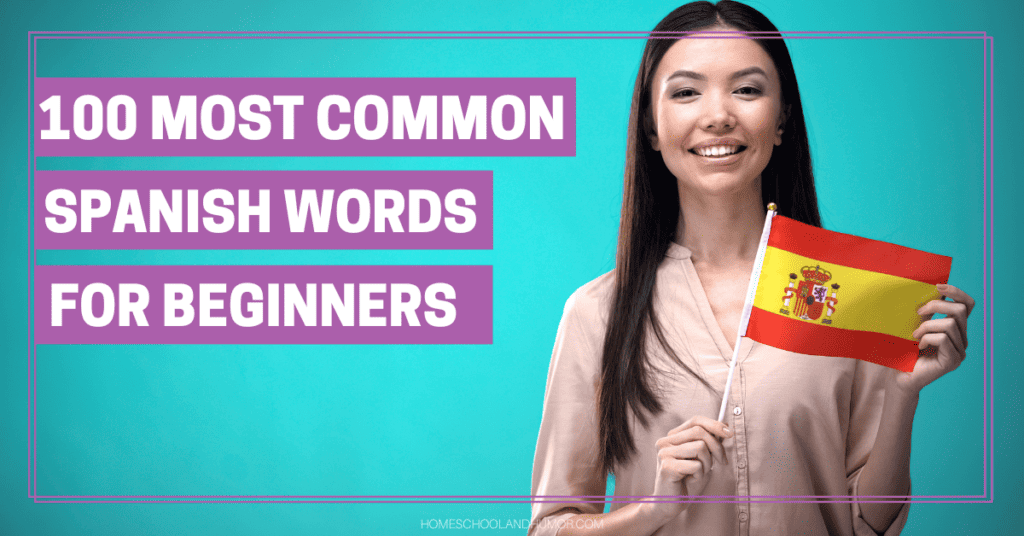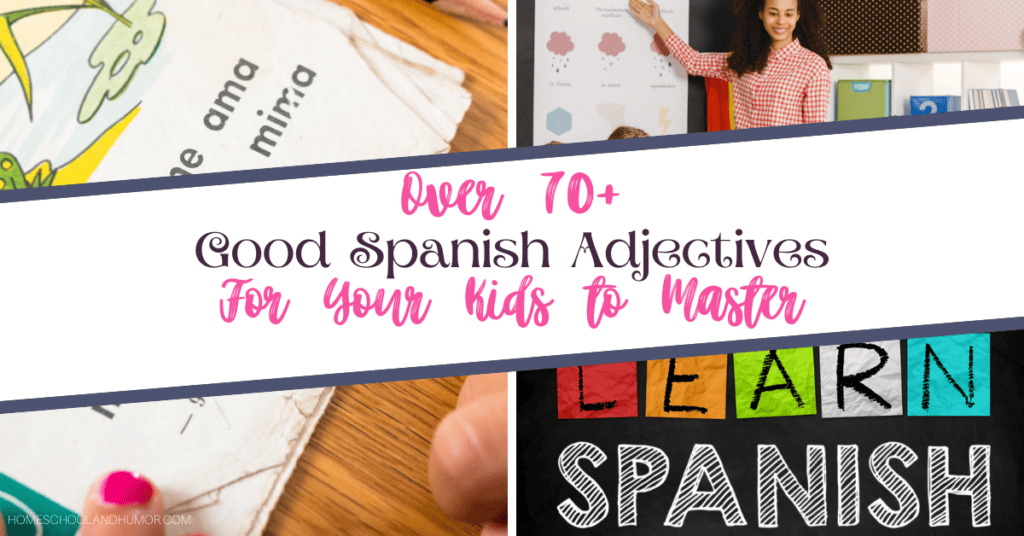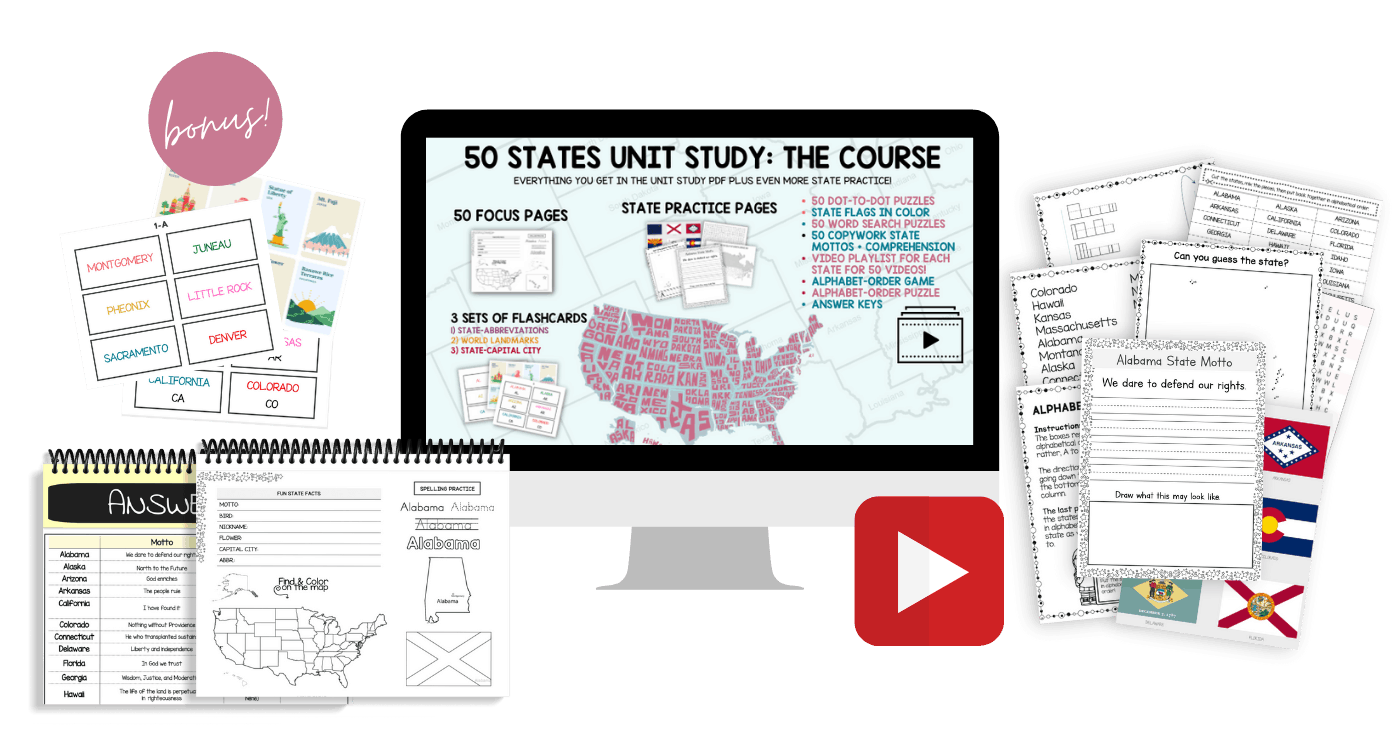Are you looking for a way to spice up your homeschool Spanish lessons? If you’re teaching your kids Spanish, then you know how important it is to use verbs in their language lessons. We’re going to take a look at 20 SER verbs in Spanish that are perfect for beginners and their common uses. These Spanish verbs SER and estar are some of the most essential ones that your child will need to know, so be sure to add them to your lesson plans!
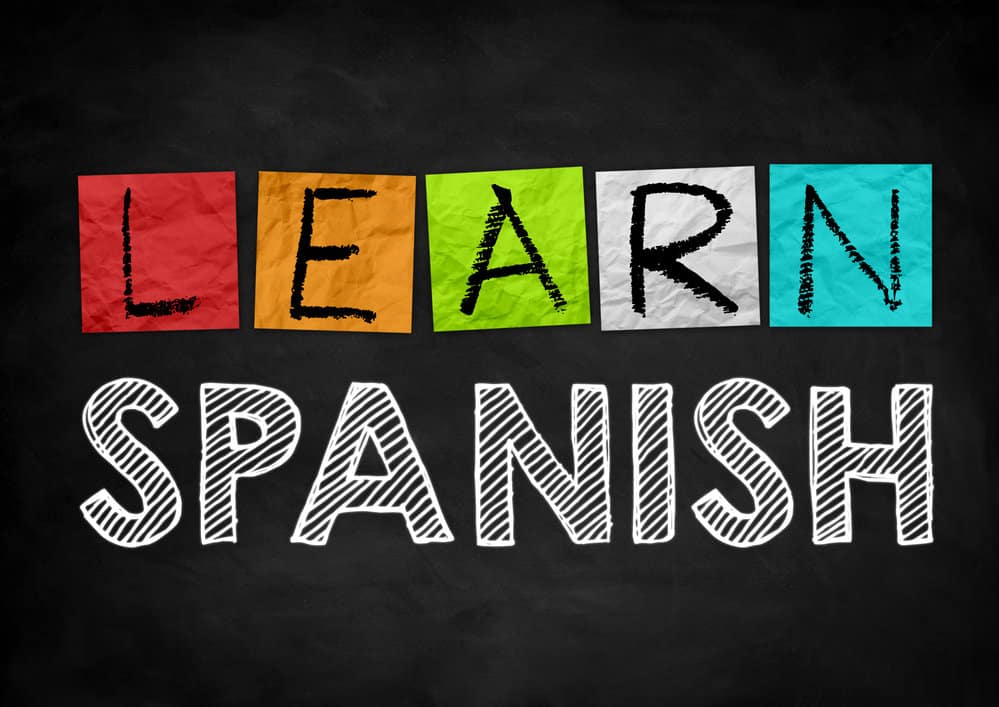
Disclaimer: Our post contains affiliate links for your convenience. See our privacy policy here.
Quick Navigation
How Do I Know About This?
It’s not like I’m a Spanish teacher – I’m just a homeschool mom who teaches her kids. Kids, who aren’t even fluent in Spanish at that! So how did I know so much about Spanish? Easy!
Throughout high school and college, I took Spanish courses, through AP Spanish courses and AP tests galore, college advanced level courses, and used what I learned in my jobs! I’m not a completely fluent Spanish-speaker teacher, but I know how to make use of all the verbs – ser verbs, ir verbs, estar verbs.
I was in the Spanish clubs and was always #1 in my Spanish academics. So I know a thing or two about Spanish!
My personal piece of advice when it comes to learning Spanish grammar is to first know how the verbs and the SER conjugations are used. The forms of the verb SER are easy to commit to memory, so start with one verb (such as SER) and then move on to estar and then ir, and so on.
As you’re learning the easiest and hardest parts of the verb, you’ll see and the “formula” is the same in all verbs types.
Also, be sure you have your kids also learning Spanish vocabulary too. Because, even if they know all the uses of estar or ser or ir verbs, it means nothing if they don’t know Spanish words, period!
Be sure to practice these verbs in different situations. It also helps to listen to native Speakers of Spanish while see the subtitles. Constant practice will help your kiddos (and yourself) because more and more fluent in Spanish. If you had to pick just one second language to learn, Spanish is definitely it!
What Does SER Verb mean?
SER is a Spanish verb that means “to be.” It’s an irregular verb, which means that it doesn’t follow the typical Spanish verb conjugation rules. SER can go into irregular forms. That can make it a little tricky to use, but don’t worry – it’s a walk in the park! You’ll feel like you’re in Latin America in no time.
Conjugating SER Verbs in Spanish
To conjugate a SER verb in Spanish, you’ll need to know the subject pronoun. This is who or what the verb is happening to. Once you know the subject pronoun, you can match it up with the correct conjugations of SER.
For example:
Yo (I) soy (am)
Tú (you, informal)
eres (are)
Él/Ella/Usted (he/she/you, formal)
es (is)
Nosotros (we)
somos (are)
Vosotros (you all, informal)
sois (are)
Ellos/Ellas/Ustedes (they/you all, formal)
son (are)
SER is a little different from other verbs because it has two forms in the yo, tú, and él/ella/usted conjugations. For example, “I am” can be either soy or soy depending on the context. That’s why it’s so important to learn Spanish SER verbs!
Now that you know how to conjugate the Spanish SER verbs, let’s take a look at some of the most common ones.
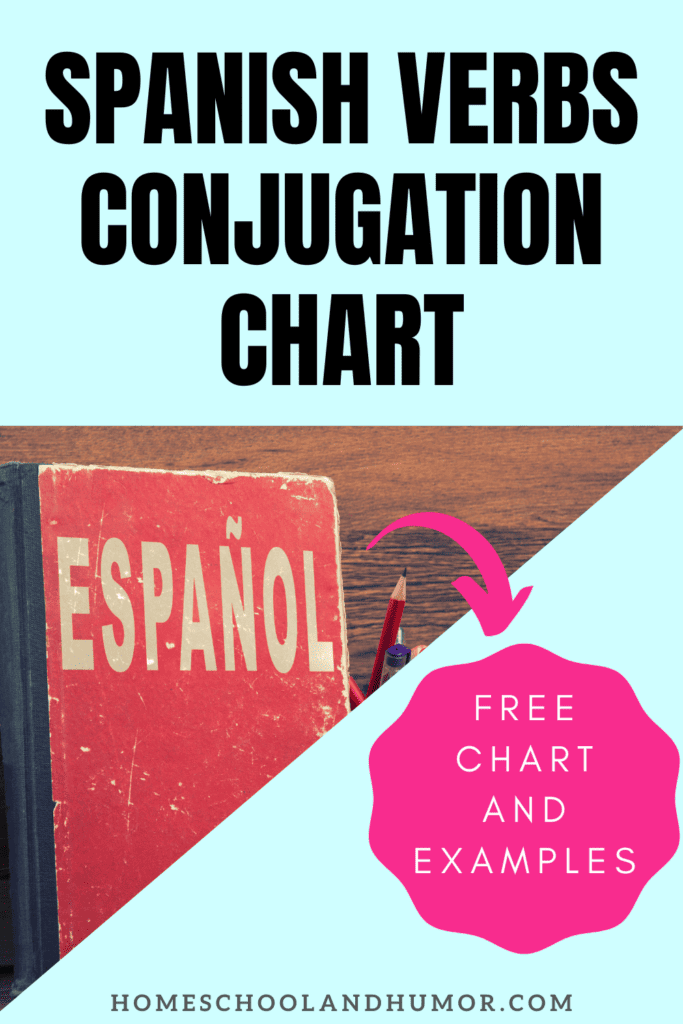
20 SER Verbs In Spanish
It’s important to know different Spanish verbs estar and SER because they’ll come up in all sorts of conversation. Here are 20 SER verbs that every beginner should know:
1. SER
The verb SER is one of the most important verbs in Spanish. It is used to describe characteristics and permanent states.
2. Estar
The verb ESTAR is used to describe temporary states and location.
3. Tener
The verb TENER means “to have”. It is used to describe ownership and possession.
4. Venir
The verb VENIR means “to come”. It is used when describing movement towards someone or something.
5. Hacer
The verb HACER means “to do” or “to make”. It is used to describe actions and events.
6. Saber
The verb SABER means “to know”. It is used when describing knowledge or facts.
7. Poder
The verb PODER means “to be able to”. It is used when describing ability or capability.
8. Querer
The verb QUERER means “to want”. It is used when describing desire or preference.
9. Llegar
The verb LLEGAR means “to arrive”. It is used when describing movement towards a destination.
10. Empezar
The verb EMPEZAR means “to begin”. It is used when describing the start of an event or action.
11. Entender
The verb ENTENDER means “to understand”. It is used when describing comprehension or knowledge.
12. Necesitar
The verb NECESITAR means “to need”. It is used when describing a requirement or necessity.
13. Dormir
The verb DORMIR means “to sleep”. It is used when describing the state of being asleep.
14. Creer
The verb CREER means “to believe”. It is used when describing faith or trust.
15. Jugar
The verb JUGAR means “to play”. It is used when describing recreation or amusement.
16. Traer
The verb TRAER means “to bring”. It is used when describing the transport of something to a location.
17. Costar
The verb COSTAR means “to cost”. It is used when describing the price of something.
18. Puesto
The verb PUESTO means “to put”. It is used when describing the placement of something.
19. Decir
The verb DECIR means “to say” or “to tell”. It is used when conveying information through speech.
20. Salir
The verb SALIR means “to leave”. It is used when describing the act of departing from a location.
These are just some of the most common SER verbs in Spanish. There are many more that can be used to describe a wide variety of actions, events, and states. With practice, you will be able to use them all with confidence.
When To Use The SER Verb
Here’s how to know when to use the SER verb. This will help you correctly conjugate Spanish SER verbs sentences. The different uses of SER are:
- To describe what someone or something is
- To describe the origin of someone or something
- To describe the nationality of someone or something
- To describe the profession of someone or something
- To describe the material something is made of
Remember, SER is used to describe characteristics and permanent states. So if you want to say “I am a student” in Spanish, you would use the SER verb: soy estudiante.
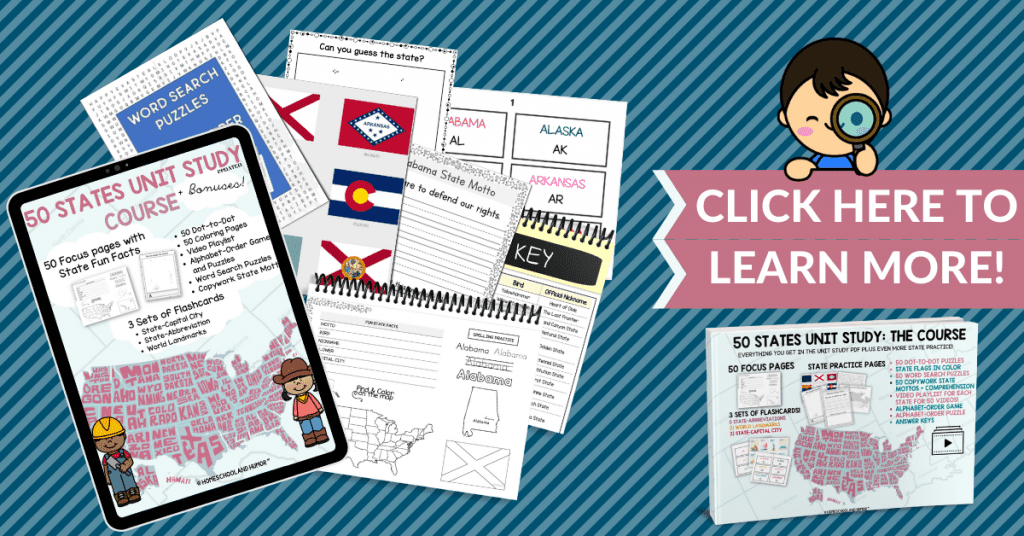
Now let’s take a look at some examples!
The SER verb is used to describe characteristics and permanent states, a personality trait, a permanent characteristic happy person, a soccer game, or so on. Things like that. For example:
Soy alto. (I am tall.)
Ella es bonita. (She is pretty.)
Los libros son caros. (Books are expensive.)
SER can also be used to describe location. For example:
La tienda está aquí. (The store is here.)
Él está en la casa. (He is in the house.)
SER can also be used to describe movement towards someone or something. For example:
Viene el doctor. (The doctor is coming.)
¿Vienes a mi fiesta? (Are you coming to my party?)
SER can also be used to describe the start of an event or action. For example:
Empieza la película. (The movie is starting.)
¿Empezamos? (Shall we begin?)
SER can also be used to describe comprehension or knowledge. For example:
Entiendo lo que dices. (I understand what you’re saying.)
¿Entiendes el inglés? (Do you understand English?)
SER can also be used to describe a requirement or necessity. For example:
Necesito una chaqueta. (I need a jacket.)
¿Necesitas dinero? (Do you need money?)
SER can also be used to describe faith or trust. For example:
Creo en Dios. (I believe in God.)
¿Crees en los duendes? (Do you believe in elves?)
SER can also be used to describe the transport of something to a location. For example:
¿Me traes una pizza? (Will you bring me a pizza?)
Trajo su equipaje desde España. (She brought her luggage from Spain.)
SER can also be used to describe the price of something. For example:
¿Cuánto cuesta el coche? (How much does the car cost?)
No sé cuánto costará el vuelo. (I don’t know how much the flight will cost.)
SER can also be used to describe the placement of something. For example:
Pongo la mesa para cenar. (I’m setting the table for dinner.)
¿Puedes poner el plato aquí? (Can you put the plate over here?)
SER can also be used to convey information through speech. For example:
Les dije que vendría temprano. (I told them I would come early.)
¿Qué te dijo él? (What did he tell you?)
SER can also be used to describe the act of departing from a location. For example:
Salgo a las ocho. (I’m leaving at eight.)
¿Cuándo sales de viaje? (When are you leaving on your trip?)
Imperfect SER
The imperfect tenses of SER is used to describe habitual or repeated actions in the past. It can also be used to describe ongoing past actions.
For example:
- Cuando era niña, siempre iba a la escuela a pie. (When I was a child, I always walked to school.)
- Ella solía levantarse temprano. (She used to get up early.)
The imperfect SER is conjugated in the following examples:
- yo era (I was)
- tú eras (you were)
- él/ella/usted era (he/she/you were)
- nosotros éramos (we were)
- vosotros erais (you were)
- ellos/ellas/ustedes eran (they were)
As you can see, SER is a very versatile verb. By learning when to use SER verbs in Spanish, you will be able to communicate a wide range of information in Spanish. With practice, using SER will become second nature.
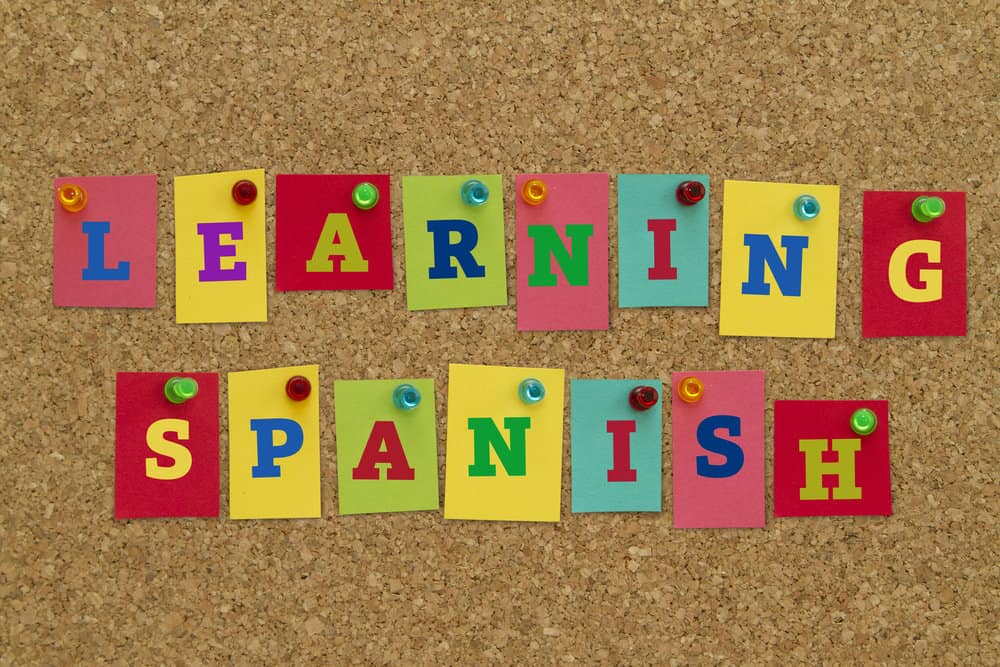
Let’s Talk About Tenses!
The Spanish verbs SER and estar have many different Spanish conjugation, which can be used to express a variety of tenses.
For example, SER can be used to express the present tense, as in the following sentence:
Yo soy estudiante. (I am a student.)
SER can also be used to express the past tense, as in the following sentence:
Ella era bonita. (She was pretty.)
SER can also be used to express the future tenses, as in the following sentence:
Serán las ocho. (It will be eight o’clock.)
SER can also be used to express the conditional tense, as in the following sentence:
Sería una buena idea. (It would be a good idea.)
SER can also be used to express the subjunctive tense, as in the following sentence:
Prefiero que seas mi amigo. (I prefer that you be my friend.)
See how to use the SER verb in different tenses?
Spanish Verbs Estar and SER: What are Estar Verbs?
If you’re like me, you’ve always struggled with those pesky Estar verbs. Even though Estar verbs may sound like something out of a science fiction film, but they’re actually a crucial component of the Spanish language. These verbs, which include words like estar (to be), sentirse (to feel), and parecer (to seem), are used to describe temporary or changing states of being. Think of them as the mood rings of the Spanish language.
One minute you’re feliz (happy), and the next you’re triste (sad). But don’t worry, even if you’re feeling un poco loco (a little crazy), these verbs are there to help you express yourself accurately.
They’re like the spinach of Spanish grammar – you know they’re good for you, but you’d rather just avoid them altogether. Once you master these verbs, you’ll be able to describe everything from the weather to your mood. So don’t be like Popeye and shun the spinach – embrace the Estar verbs and watch your Spanish skills grow strong!
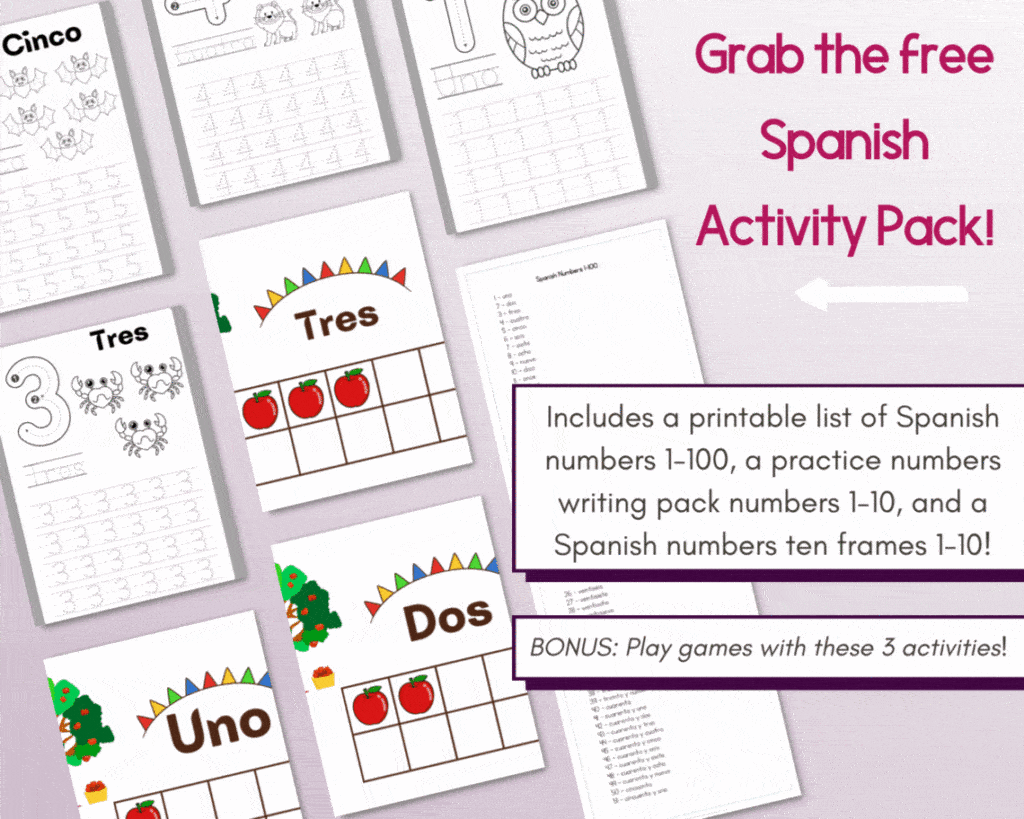
Estar Conjugations
SER verbs in Spanish are used for commands and direct address. They are easy to remember because each verb is conjugated by removing the ending ‘-er’ and adding the appropriate ending for each pronoun. Whereas the estar verbs are used to express location and emotions.
The conjugations for ESTAR are: estoy (I am), estás (you are – singular, informal), está (he/she it is), estamos (we are), estáis (you all are – plural, informal) and están (they are). See below.
Estar verbs example:
Estoy en casa. (I am at home.)
Ella está triste. (She is sad.)
Estamos cansados. (We are tired.)
As you can see, ER verbs are usually used to describe a temporary state or condition. They are not used to describe permanent states or conditions, which is why they are often referred to as “state of being” verbs.
SER and ER are two very important Spanish verbs that are essential for any beginner learner. By learning when and how to use each verb correctly, you will be able to communicate with ease in Spanish!
Estar Verbs for Progressive Tense
ER verbs can also be used to express the progressive tense, which is used to describe an event that is currently taking place.
For example:
Estoy leyendo el libro.
(I am reading the book.)
Ella está cocinando la cena.
(She is cooking dinner.)
Just like SER verbs, ER verbs have many different conjugations, which can be used to express a variety of tenses.
20 Example Uses of Estar
Estoy comiendo el almuerzo.
(I am eating lunch.)
Ellos están bailando en la fiesta.
(They are dancing at the party.)
Ella está en una cita con su novio.
(She is on a date with her boyfriend.)
Estamos aprendiendo español juntos.
(We are learning Spanish together.)
Estábamos escuchando buena música.
(We were listening to good music.)
Ella estaba cantando las canciones de su álbum favorito.
(She was singing the songs from her favorite album.)
Estaremos saliendo temprano mañana por la mañana.
(We will be leaving early tomorrow morning.)
Mi madre estaba tomando café cuando llegué a casa ayer por la noche.
(My mom was drinking coffee when I got home last night.)
Los niños están jugando en el parque ahora mismo.
(The kids are playing in the park right now.)
Yo estoy trabajando hoy en la tarde para acabar mi proyecto de clase.
(I’m working this afternoon to finish my school project.)
El profesor estaba explicando el material cuando interrumpí la clase.
(The teacher was explaining the material when I interrupted the class.)
Iremos al cine esta noche para ver una película.
(We’re going to the movies tonight to watch a movie.)
Mis amigos y yo estamos viendo un programa de televisión divertido juntos.
(My friends and I are watching a funny TV show together.)
Mi abuelo estaba leyendo un libro cuando yo llegué a casa.
(My grandfather was reading a book when I arrived home.)
Ellos están preparándose para su viaje de graduación este fin de semana.
(They are preparing for their graduation trip this weekend).
Estuve caminando por el parque durante horas hoy.
(I was walking through the park for hours today).
Estaban mirando las flores en el jardín mientras hablaban entre ellas dos.
(They were looking at the flowers in the garden while they were talking between each other).
Mis padres van a estar trabajando hasta tarde hoy por la noche.
(My parents will be working late tonight).
Mi hermano y yo vamos a estar viendo una película esta noche.
(My brother and I are going to be watching a movie tonight).
Estaban esperando el autobús por mucho tiempo cuando finalmente llegó.
(They were waiting for the bus for a long time when it finally arrived.)
Spanish Verbs SER and Estar Chart
Use this chart to see the difference and different uses of the Spanish verbs Estar and SER. Once you learn the SER verbs in Spanish, you’ll be able to easily understand when to use the verb Estar in Spanish.
SER and Estar are both verbs that mean “to be” in English, but they are used differently depending on the context of the sentence. Check out the chart below!
| Ser | to be | Soy estudiante (I am a student) |
| Estar | to be | Estoy cansado (I am tired) |
| Tener | to have | Tengo hambre (I am hungry) |
| Vivir | to live | Vivo en España (I live in Spain) |
| Trabajar | to work | Trabajo en una oficina (I work in an office) |
| Estudiar | to study | Estudio español (I study Spanish) |
| Hablar | to speak | Hablo inglés (I speak English) |
| Comer | to eat | Como una manzana (I eat an apple) |
| Beber | to drink | Bebo agua (I drink water) |
| Dormir | to sleep | Duermo ocho horas al día (I sleep eight hours a day) |
| Jugar | to play | Juego al tenis (I play tennis) |
| Bailar | to dance | Bailo salsa (I dance salsa) |
| Pensar | to think | Pienso en ti (I think about you) |
| Sentir | to feel | Siento frío (I feel cold) |
| Saber | to know (facts) | Sé que es verdad (I know it’s true) |
| Conocer | to know (people) | Conozco a tu hermana (I know your sister) |
| Llevar | to wear/carry | Llevo una mochila (I am carrying a backpack) |
| Ir | to go | Voy al cine (I am going to the movies) |
| Venir | to come | Vengo de casa (I come from home) |
| Hacer | to do/make | Hago mi tarea (I do my homework) |
Beginner Spanish Verbs Beginner Spanish Verbs SER and Estar + Spanish Verbs Conjugation Chart
SER verbs in Spanish and ER verbs are two of the most important Spanish verbs. By learning how to use these Spanish verbs estar and SER correctly, you will be able to communicate a wide range of information in Spanish. With practice and dedication, using SER and ER verbs will become second nature. ¡Buena suerte!

- 111 Best All-Time Middle School Movies List (In Categories!) - April 26, 2024
- Top 16 Indoor Games for Teens That Won’t Turn Your House into a War Zone - January 29, 2024
- Free Crafty Printable Christmas Countdown Calendars For Kids - December 17, 2023

